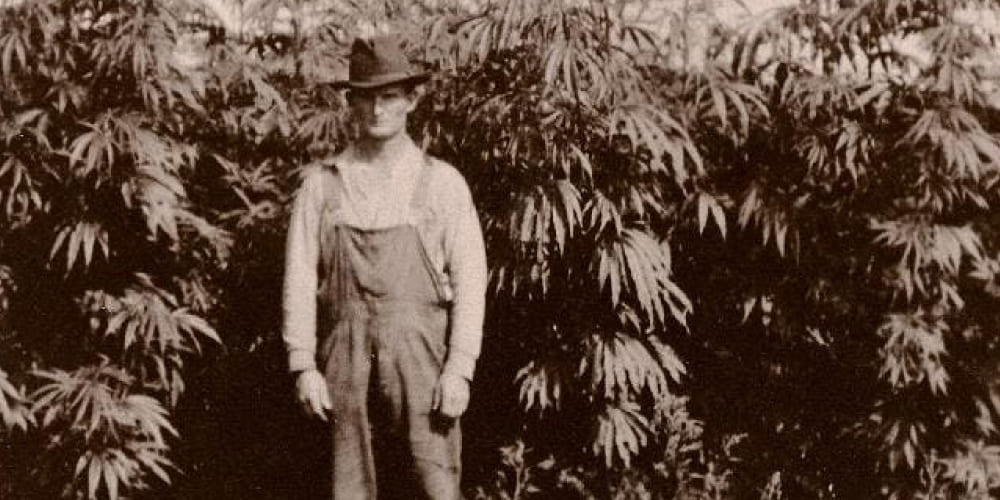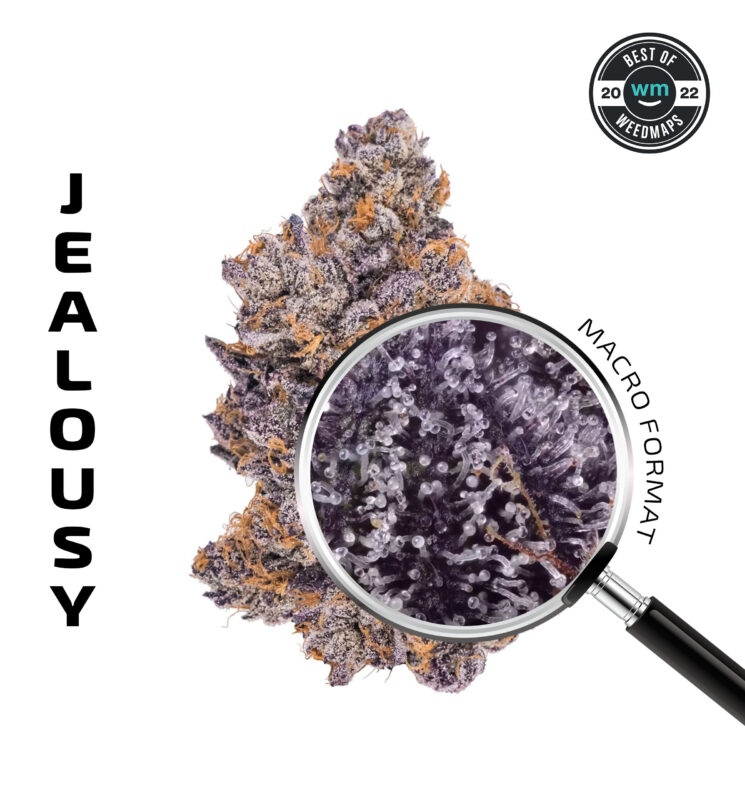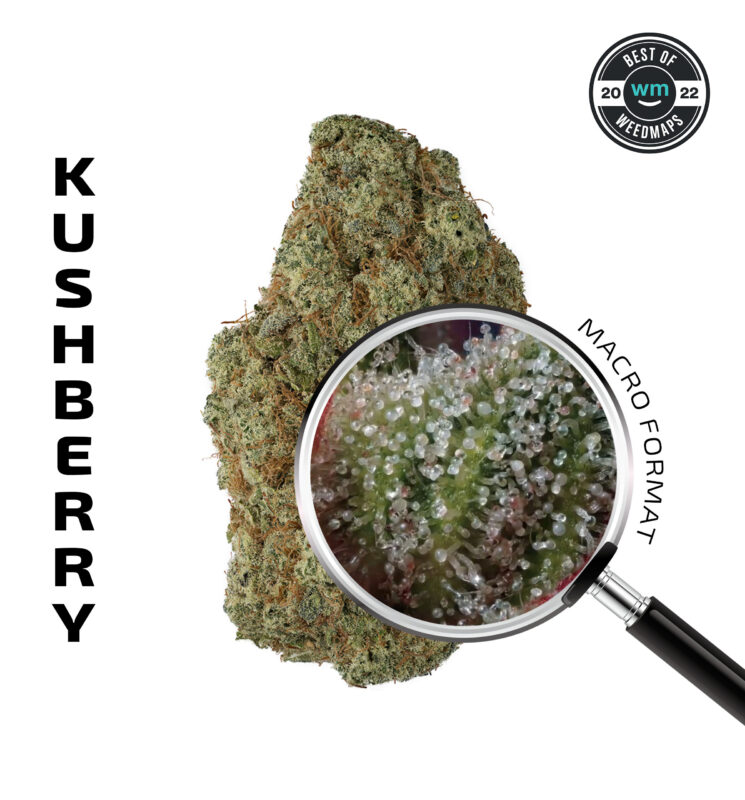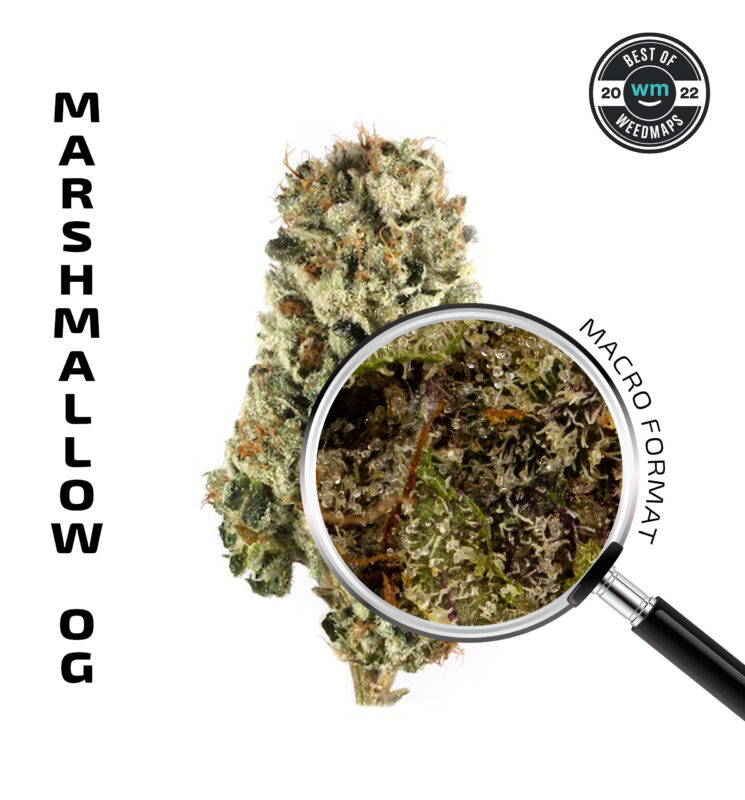The Origins of Weed

The origins of weed trace back thousands of years, spanning different civilizations and continents. From its early use in ancient China and India to its modern-day significance, cannabis has played diverse roles in societies worldwide. This article explores the rich history, cultural impact, and medical applications of cannabis, shedding light on how the origins of weed have shaped its current global presence and its role in today’s cannabis industry.
The Early Beginnings of Cannabis
The origins of weed in ancient times can be traced to China, where cannabis was first cultivated around 5000 BCE. Archaeological evidence suggests that cannabis was not only used for making textiles, paper, and ropes, but also for medicinal purposes. Chinese medical texts from over 2,000 years ago document the use of cannabis to treat pain, nausea, and inflammation.
The origins of weed in India are just as fascinating. Cannabis was revered in Indian culture, particularly in the form of bhang, a cannabis-infused drink consumed during religious festivals. The Vedic texts, among the oldest scriptures in the world, describe cannabis as a sacred plant with psychoactive effects that were used in spiritual rituals to promote a sense of tranquility and connection to the divine.
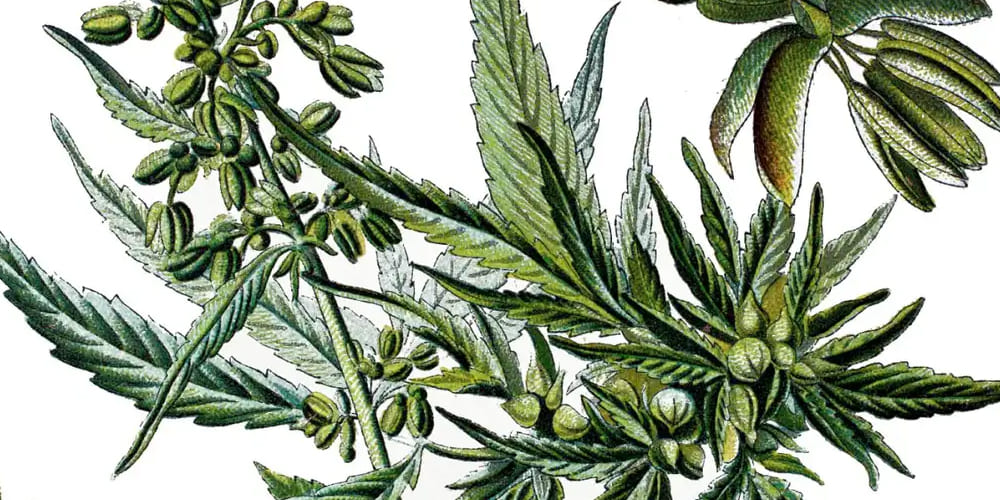
Cannabis in the Ancient World
From Asia, cannabis spread to other parts of the world. In the Middle East, ancient Egypt, and Greece, cannabis was utilized both for medicinal and ritualistic purposes. The Egyptians, for example, used cannabis in their daily lives for medicinal purposes, such as treating glaucoma, pain, and inflammation.
In the Middle East, cannabis gained a reputation for its therapeutic properties. Ancient writings from Greek physicians like Dioscorides describe cannabis as a remedy for various ailments, from pain relief to anxiety reduction. Over time, the use of cannabis became well-known throughout the Mediterranean and beyond, establishing its place as a valuable medicinal plant.
The Spread of Cannabis to Europe
The origins of weed in Europe date back to the early Middle Ages when Mongol invasions played a pivotal role in introducing cannabis to the continent. Hemp, a variety of cannabis, was in high demand, particularly for making rope, sails, and textiles. The widespread use of hemp in Europe led to the establishment of cannabis as an essential agricultural product.
Cannabis use was further explored during the Renaissance. Botanists and physicians began documenting the medicinal benefits of cannabis. Nicholas Culpeper, an English herbalist, included cannabis in his 1652 Pharmacopoeia, recommending it for headaches, pain relief, and nervous disorders. During this period, cannabis use was widespread in European medical practices, and it was considered a valuable healing herb.

Cannabis in the New World: North America
The introduction of weed to the Americas occurred during the early colonization period, with European settlers bringing cannabis seeds to North America. The plant quickly became essential in the colonial economy, with hemp being used for everything from rope to clothing. The origins of weed in the American colonies can be seen in the early adoption of cannabis cultivation for practical purposes.
By the 19th century, cannabis had gained popularity as a medicinal plant in North America. It was included in the United States Pharmacopeia from 1850 until 1942, where it was used to treat ailments such as pain, insomnia, and gastrointestinal issues. The introduction of cannabis-based tinctures and extracts made it widely accessible to the public.
The Demonization of Cannabis
The origins of weed took a dramatic turn in the early 20th century. In the United States, the introduction of the Marihuana Tax Act of 1937 marked the beginning of the criminalization of cannabis. A political and racial agenda, often linked to anti-immigrant sentiment, contributed to the demonization of cannabis, associating it with crime, immorality, and drug abuse.
The 1960s counterculture embraced cannabis, but the plant’s stigmatization persisted. In 1970, The Controlled Substances Act classified cannabis as a Schedule I drug, cementing its illegal status and sparking decades of prohibition. However, the global perception of cannabis was about to shift.
Cannabis in the 21st Century: Medical Use and Legalization
The origins of weed have taken a new, positive direction in the modern world with the growing awareness of its medicinal benefits. The year 1996 marked a turning point when California became the first state to legalize medical cannabis under Proposition 215. This breakthrough set the stage for more states to follow suit, recognizing cannabis’s effectiveness in treating chronic pain, anxiety, depression, and seizures.
As of 2020, more than 30 states in the United States have passed laws allowing medical cannabis use. This growing acceptance of cannabis as a medical treatment has led to increased research into its potential benefits. Today, cannabis is widely regarded as an essential alternative therapy for various medical conditions, including chronic pain, insomnia, mental health disorders, and more.
Internationally, countries like Canada and Uruguay have taken significant steps toward full cannabis legalization. In Canada, cannabis became fully legal for both medical and recreational use in 2018, setting a precedent for other nations to follow.
The Medical Use of Cannabis: Therapeutic Benefits and Applications
As the origins of weed have evolved, cannabis’s medical applications have expanded, especially with the growing popularity of CBD (cannabidiol) and THC (tetrahydrocannabinol). CBD, in particular, is used to manage conditions like chronic pain, seizures, anxiety, and sleep disorders, offering relief without the psychoactive effects that are typically associated with THC.
THC, the compound responsible for cannabis’s psychoactive effects, has proven benefits in treating muscle spasticity, pain, and nausea. It has become an essential treatment option for patients suffering from conditions like multiple sclerosis, cancer, and HIV/AIDS. Additionally, research into the entourage effect—the synergistic interaction between cannabinoids and terpenes—has opened up new possibilities for treating conditions like Alzheimer’s disease and Parkinson’s disease.

The Social and Economic Impact of Cannabis Legalization
As cannabis legalization continues to spread across the globe, its social and economic impact becomes increasingly significant. In regions where cannabis has been legalized, tax revenue generated from its sale has funded public health programs, education, and infrastructure development. Job creation in the cannabis industry, spanning sectors like cultivation, distribution, and retail, has led to significant economic growth.
In the United States, the cannabis industry is expected to generate billions of dollars in revenue by the next decade. With more states legalizing cannabis, the economic benefits will continue to grow, making cannabis a crucial part of the economy in regions that embrace its legalization.
The Future of Cannabis: What Lies Ahead?
The future of cannabis is full of potential, particularly as research into cannabis’s medicinal properties continues to expand. The growing acceptance of CBD and THC as legitimate medical treatments is paving the way for new therapies and innovations. As cannabis becomes a mainstream option for pain relief, anxiety management, and mental health treatments, the origins of weed will continue to evolve.
The cannabis industry is expected to see further growth as global legalization efforts progress. New products such as cannabis-infused edibles, topicals, and vape pens will likely dominate the market. As scientific research uncovers more about the plant’s healing properties, the future of cannabis appears bright.
Conclusion
From its ancient origins in China and India to its present-day use in the medical cannabis industry, the origins of weed have left an indelible mark on human history. Cannabis continues to be celebrated for its therapeutic properties, economic impact, and cultural significance. As the world continues to embrace cannabis, the plant’s story is far from over. The origins of weed are a testament to the resilience of this remarkable plant, which has evolved and adapted across centuries to become a vital part of modern society.
